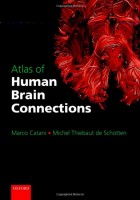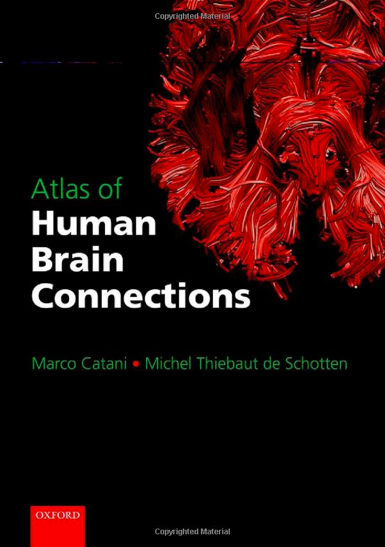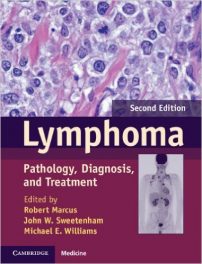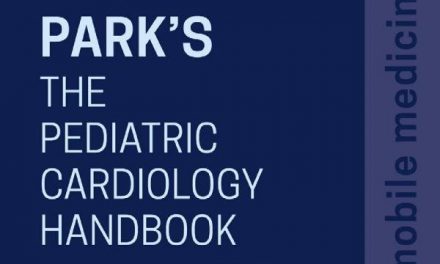 Authors: Marco Catani and Michel Thiebaut de Schotten
Authors: Marco Catani and Michel Thiebaut de Schotten
Publisher: Oxford University Press – 519 pages
Book Review by Nano Khilnani
We have heard oftentimes that form and function go together. The authors write in their first chapter – Introduction to Descriptive Neuroanatomy – that observing anatomical anomalies when looking at the brain provides clues to some of its malfunctions. Improved ways of looking at and studying the brains of humans and primates also help us understand the causes of diseases relating to the brain.
They point out two important issues in the neurological sciences, which we quote here:
- The relevance of neuroanatomy to the understanding of brain function
- The importance of methodological developments to the study of neuroanatomy
In a section entitled “Why Study Anatomy?” they cite Aristotle as a pioneer in anatomy who stressed its importance in providing clues to behavior.
For example, some birds whose beaks are straight use them simply for feeding, while birds that eat meat have curved beaks intended for overpowering their prey. As he said that form and function go together, he also stated that anatomy (form) and physiology (function) are two parts of the same study of humans and other living beings.
The authors write that scientists have pointed out over the years of studying different creatures and their evolutionary changes, that function shapes the form, and modification of the form results in dysfunction. In other words, diseases follow dysfunction or malfunction. They point out:
“Scientists have exploited this logic – that modification of form results in dysfunction – to work out, in a reverse order (from functional deficits to structural modifications) the causes of human diseases.”
Having a firm understanding of the close relationship between form and function, the student of medicine clearly sees the importance of anatomy in tracing the path of disease in different parts of the human body. In this book, the specific focus is the relationship between neuroanatomy and neurological diseases.
The Atlas of Human Brain Connections has eleven chapters with an immense amount of detail. It was compiled by its two authors, and is organized and presented with expert discussion, along with a large number of images. The authors write that it was a massive project that took them five years to complete. We commend them for their superhuman effort and valuable contribution to the advancement of knowledge in neuroscience.
We provide here an overview of its contents by chapter:
- Introduction to Descriptive Anatomy
- Surface Neuroanatomy
- Sectional Neuroanatomy
- Connectional Neuroanatomy
- The Clinico-Anatomical Correlation Method
- Atlas of Human Brain Connections (all tracts)
- Perisylvian Pathways
- Occipital Visual Pathways
- Commissural Pathways
- Projection Systems
- Limbic System
Numerous illustrations (listed on three and a half pages) are provided in this book – essential to an anatomy book – that helps the student look at parts of brains and their uses from different angles and perspectives.
An Introduction is provided at the beginning of each chapter, and at its end, numerous references to other books are provided for further study. In many chapters you will find views – from different perspectives – of the human brain, and chapter 6 is particularly useful in providing a large number of axial, coronal and sagittal maps.
This large-sized (8 ½” x 12”) book is an important contribution to neuroscience, providing numerous views of the highly complex patterns of neural connections that are related to human cognition and behavior. Recent technological developments have made it possible to map and show the detailed images in this highly valuable book. One of them is diffusion tensor magnetic resonance imaging tractography.
Marco Catani is Senior Lecturer, Honorary Consultant Psychiatrist and head of the Natbrainlab at the Department of Forensic and Neurodevelopmental Sciences at the Institute of Psychiatry at King’s College in London.
Michel Thiebaut de Schotten is a Research Fellow at Natbrainlab at the Department of Forensic and Neurodevelopmental Sciences at the Institute of Psychiatry at King’s College in London.







